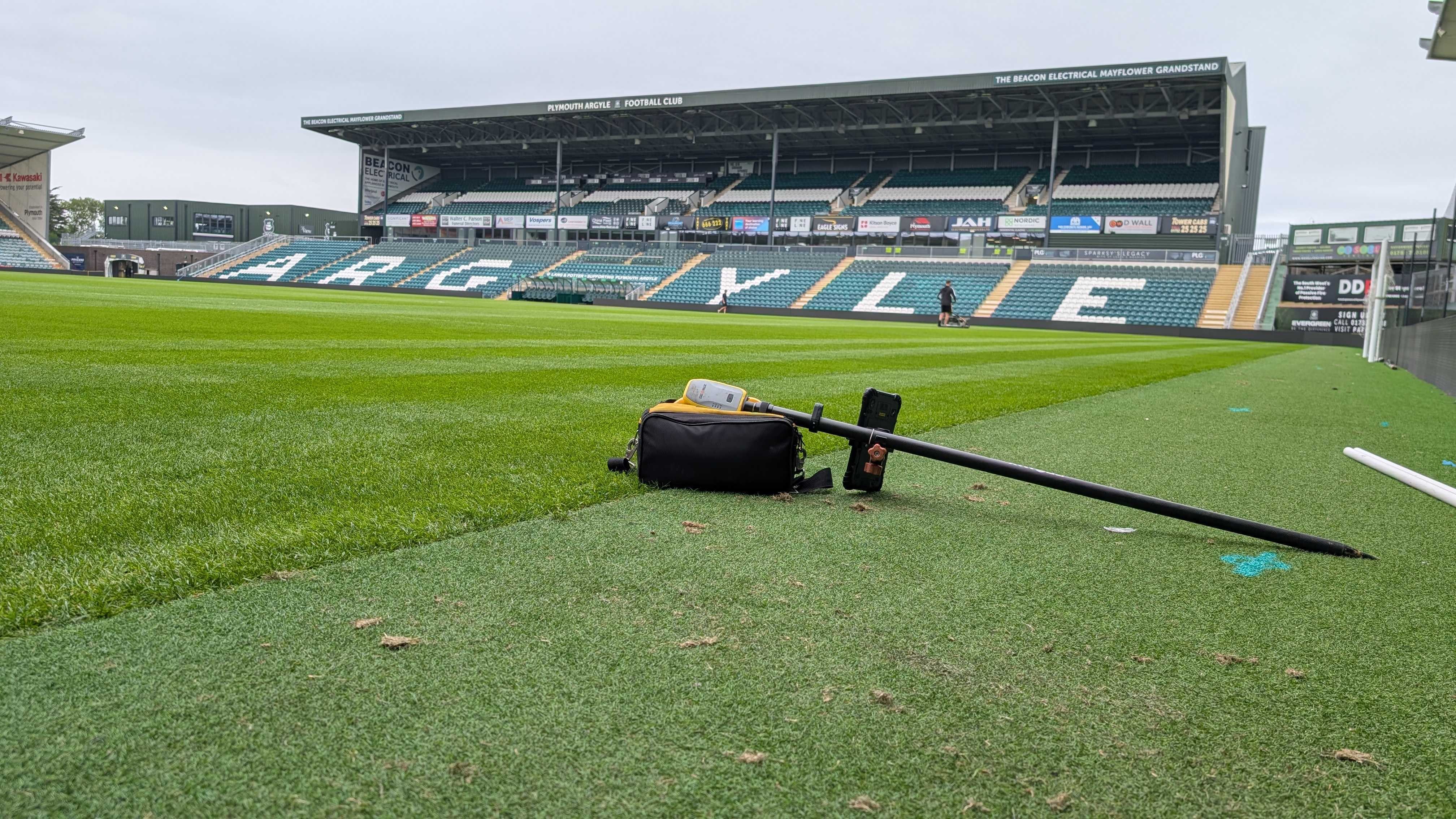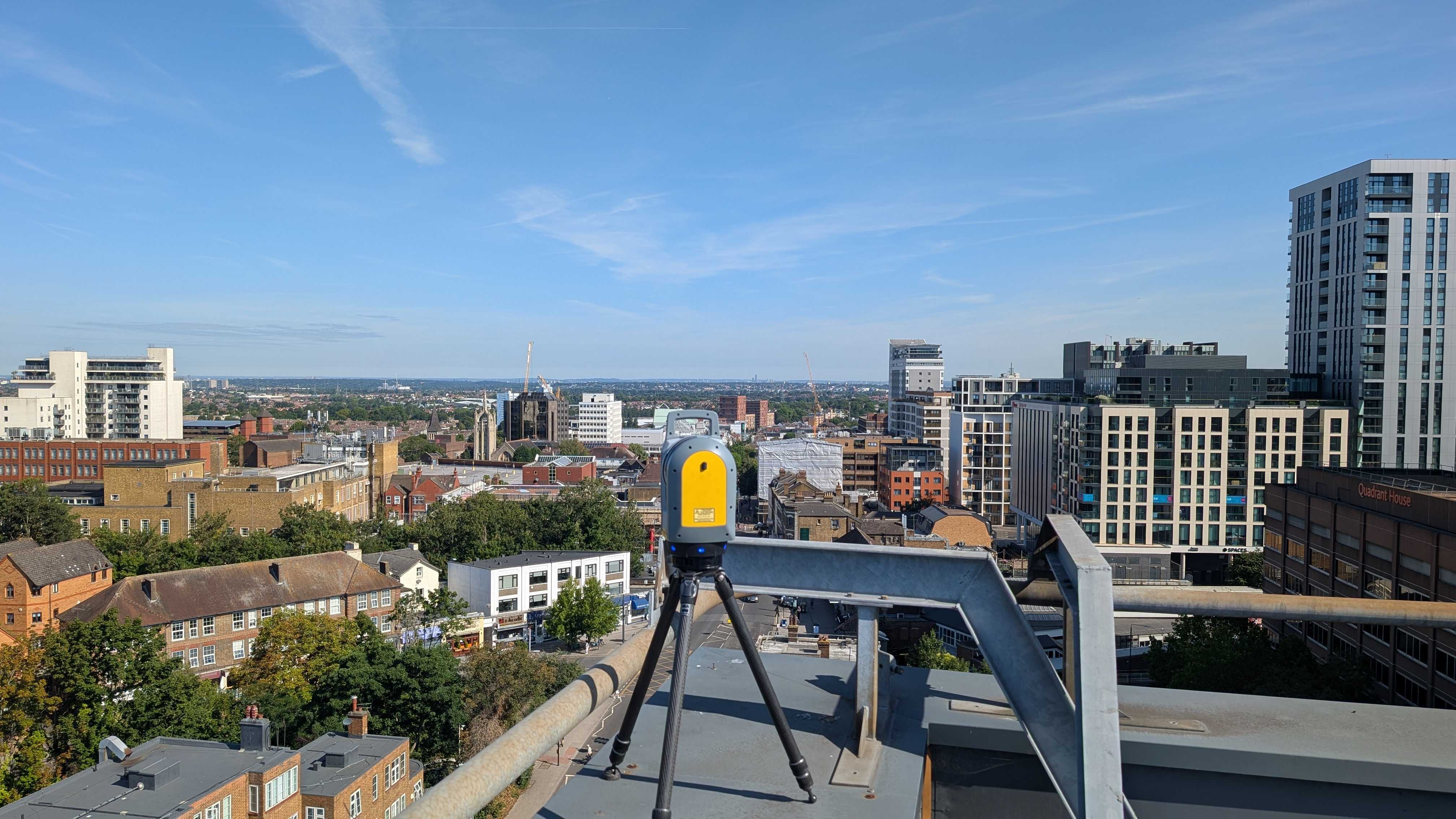Structural monitoring has become indispensable for ensuring safety and longevity.
As technology advances, so do the methods and tools used in monitoring. This blog explores the future of structural monitoring by examining key trends and innovations that are set to revolutionise the industry.
From AI-driven analytics to drone-based inspections, these cutting-edge technologies promise to enhance the accuracy, efficiency, and scope of monitoring solutions.
Understanding these developments is crucial for those looking to stay ahead in safeguarding their infrastructure projects.
Emerging Technologies In Structural Monitoring
The future of structural monitoring is being shaped by a range of advanced technologies that are transforming how we assess and maintain infrastructure.
AI-Driven Analytics
Artificial intelligence (AI) is revolutionising the way data is processed and analysed in structural monitoring.
AI algorithms can rapidly sift through vast amounts of data, identifying patterns and anomalies that would be difficult for humans to detect.
IoT-Enabled Sensors
The Internet of Things (IoT) is playing a critical role in advancing structural monitoring.
IoT-enabled sensors are now capable of continuously collecting real-time data from various points on a structure, such as temperature, stress, vibration, and displacement. These sensors provide a comprehensive view of a structure’s health, allowing for immediate detection of changes or potential issues.
Drone-Based Inspections
Drones are increasingly being used for structural inspections, particularly in hard-to-reach or hazardous areas.
Equipped with high-resolution cameras and sensors, drones can quickly and efficiently survey large structures, such as bridges, towers, and tunnels, capturing detailed images and data.
Overcoming Current Pain Points With Innovation
As these cutting-edge technologies transform structural monitoring, they also address many of the challenges that have long plagued the industry.
- Addressing Outdated Techniques
Traditional monitoring methods, often slow and manual, are being replaced by AI-driven analytics and IoT-enabled sensors. These advancements provide continuous, real-time data collection and analysis, allowing for the early detection of potential issues.
- Simplifying Data Interpretation
One of the biggest challenges in structural monitoring has been managing and interpreting vast amounts of data. AI and advanced analytics tools now offer solutions to this problem by processing data efficiently and providing clear, actionable insights.
- Making Advanced Monitoring Accessible
Historically, the cost and complexity of implementing advanced monitoring technologies have limited their use, particularly in smaller projects or remote locations. However, innovations such as drone-based inspections and IoT sensors are breaking down these barriers. These technologies are not only more cost-effective but also easier to deploy and maintain, making advanced monitoring solutions accessible to a broader range of projects.
Conclusion
In conclusion, the future of structural monitoring is marked by significant technological advancements that are revolutionising the industry.
From AI-driven analytics and IoT-enabled sensors to drone-based inspections, these innovations are addressing long-standing challenges and enhancing the accuracy, efficiency, and accessibility of monitoring solutions.
By adopting these cutting-edge technologies, infrastructure projects can shift from reactive to proactive strategies, ensuring early detection of potential issues, reducing costs, and improving overall safety and stability.
Intersect Surveys are always open to change and the newest advancements in technology in order to give our customers the best survey experience.
Get in contact today!
FAQs
1. How does AI-driven analytics improve structural monitoring?
AI-driven analytics significantly enhance structural monitoring by automating the analysis of vast amounts of data collected from various sensors. AI algorithms can quickly identify patterns, trends, and anomalies that might be missed by human analysts. This rapid data processing allows for early detection of potential structural issues, enabling proactive maintenance and reducing the risk of failures.
2. What are the advantages of using IoT-enabled sensors in structural monitoring?
IoT-enabled sensors offer several advantages in structural monitoring, including continuous real-time data collection from various points on a structure. These sensors can monitor critical parameters like temperature, stress, vibration, and displacement, providing a comprehensive view of the structure’s health. This real-time data allows for immediate detection of changes or potential problems, improving the overall safety and longevity of the infrastructure.
3. Why are drone-based inspections becoming popular in structural monitoring?
Drone-based inspections are gaining popularity because they offer a fast, efficient, and safe way to survey large or difficult-to-reach structures like bridges, towers, and tunnels. Equipped with high-resolution cameras and sensors, drones can capture detailed images and data, reducing the need for manual inspections in hazardous areas. This technology not only speeds up the inspection process but also lowers costs and enhances the accuracy of the monitoring.








